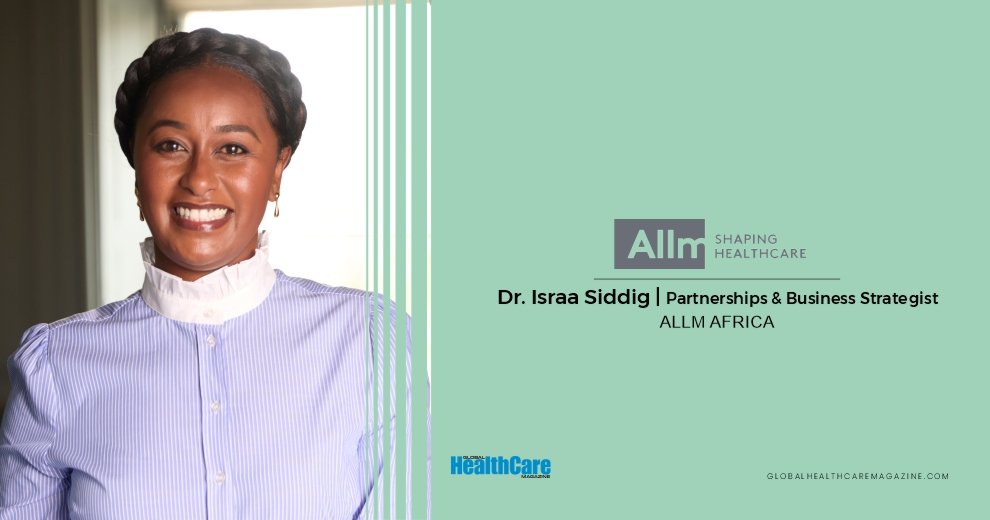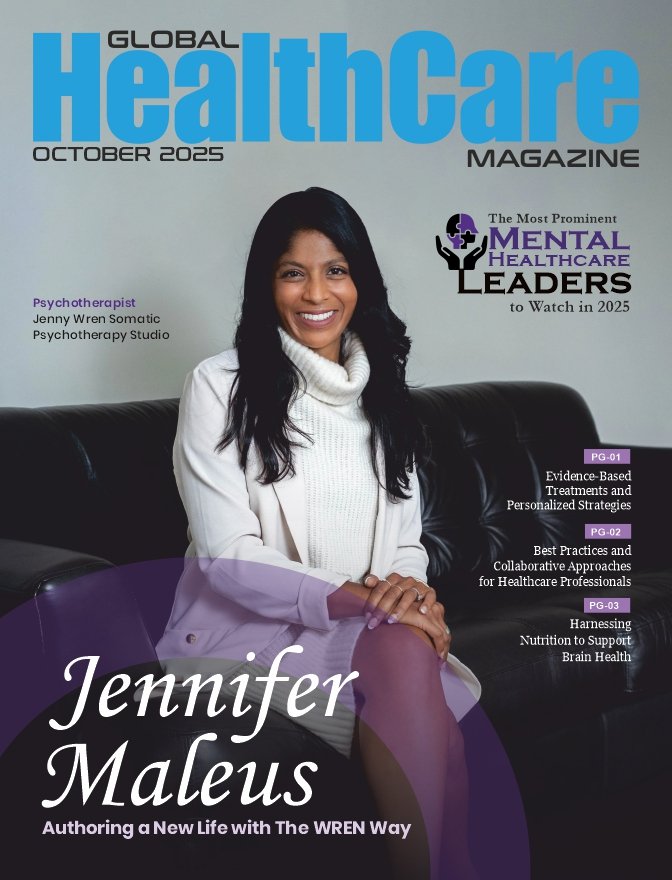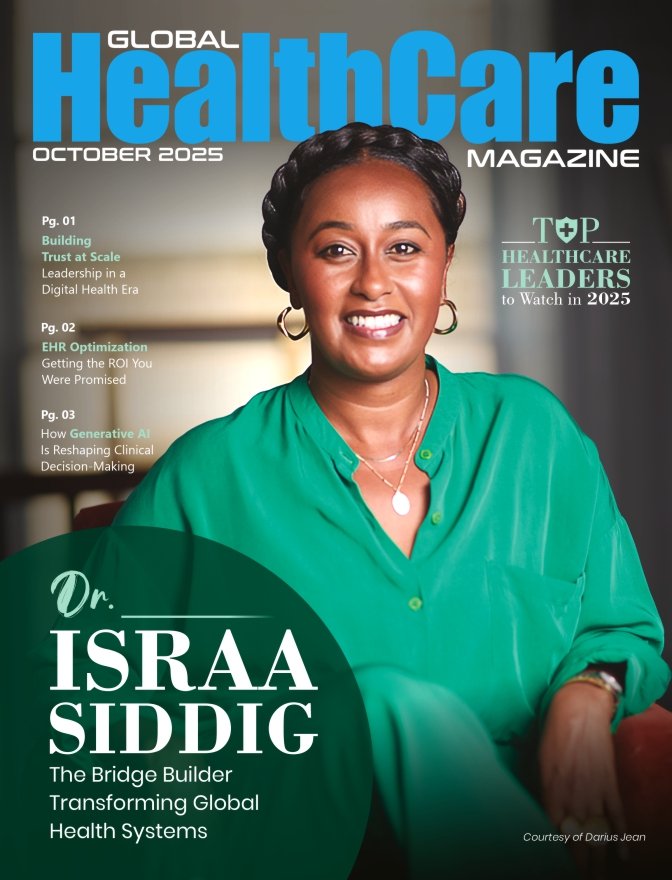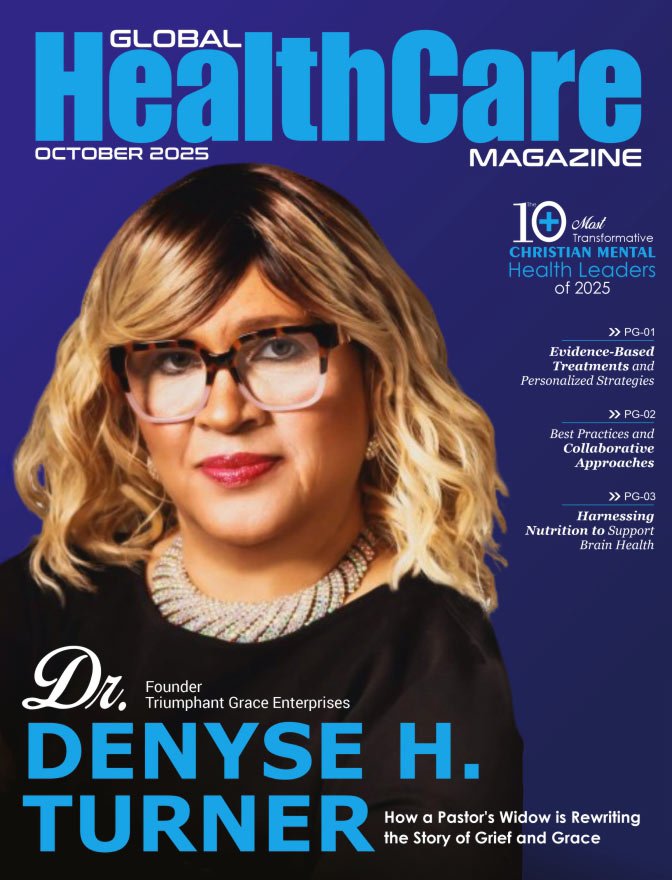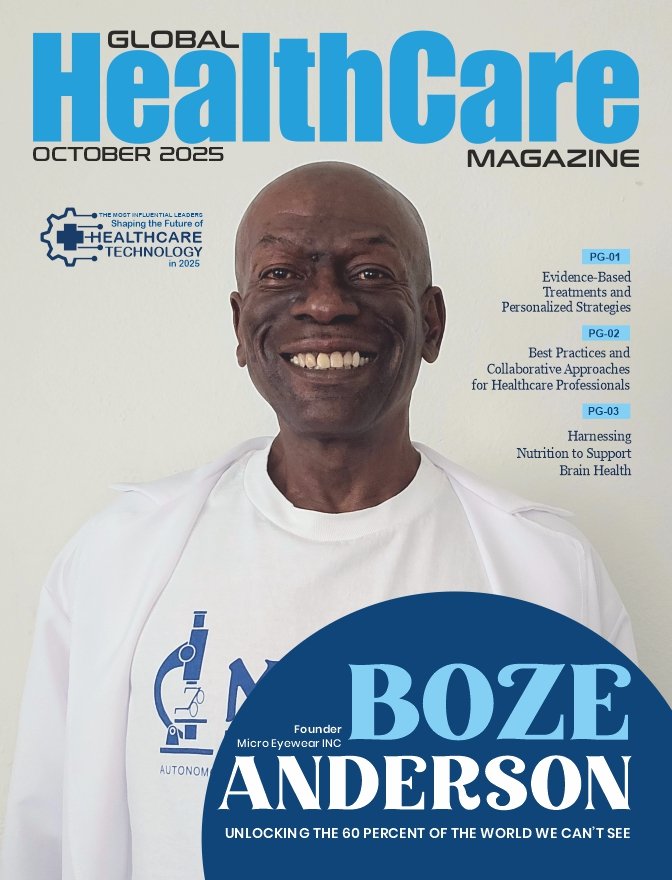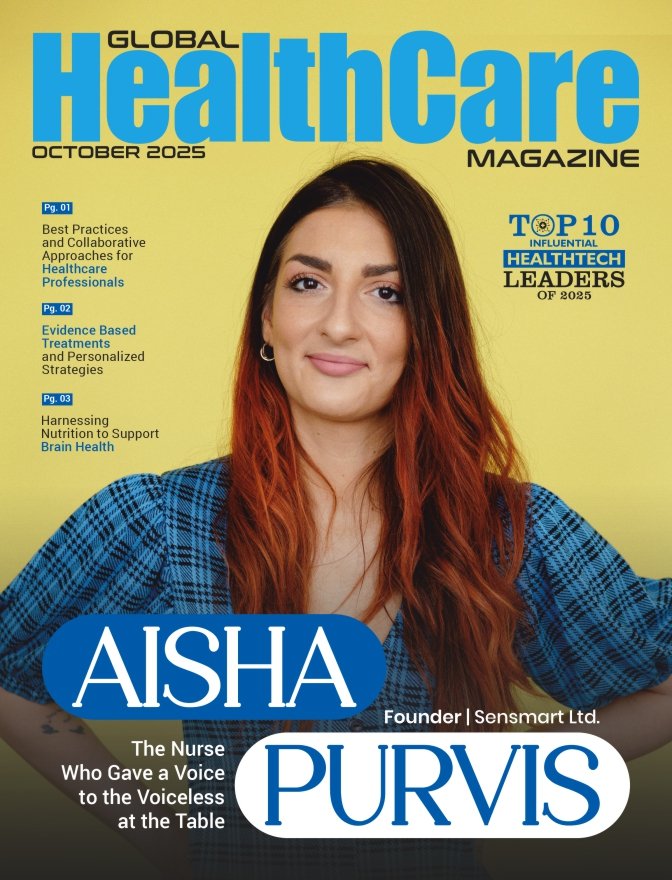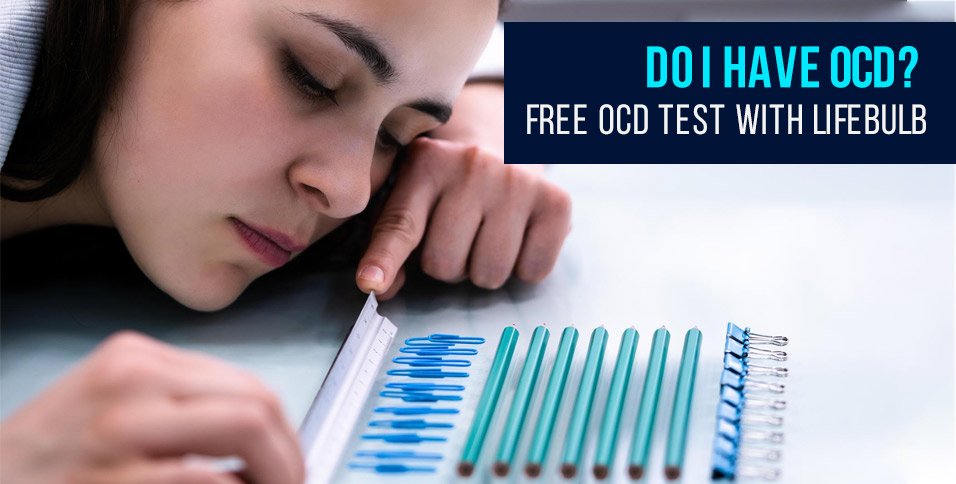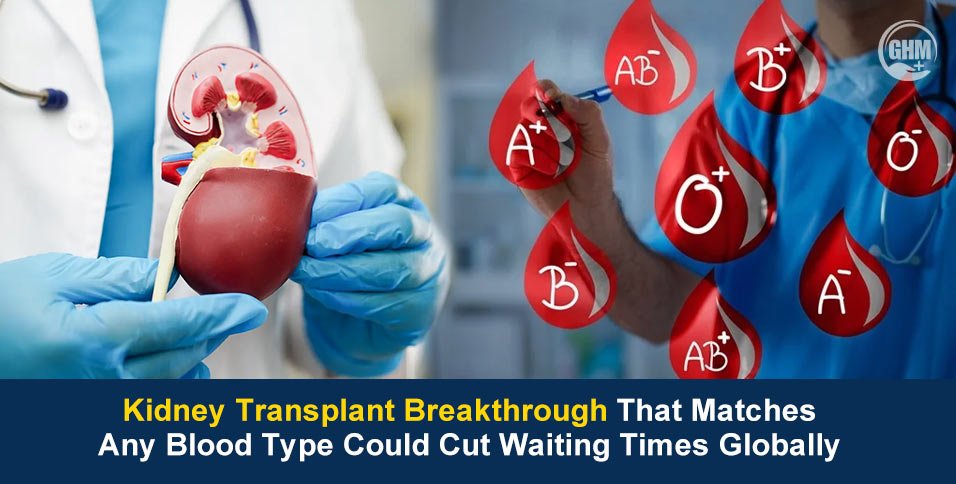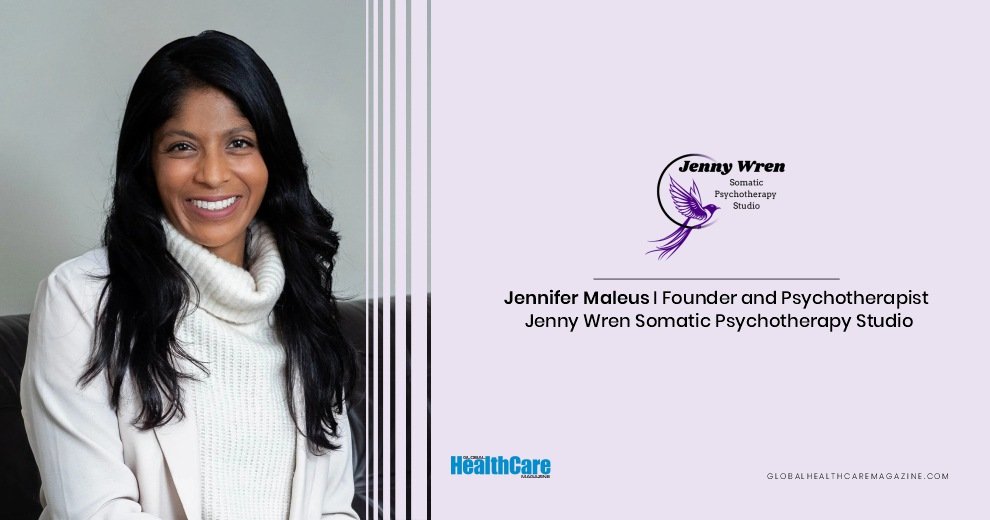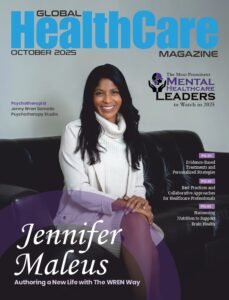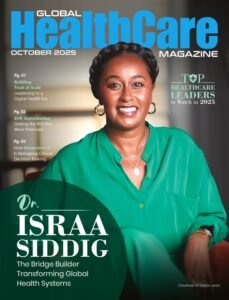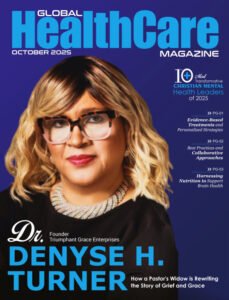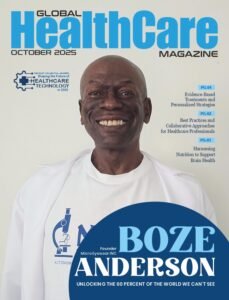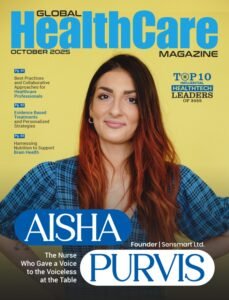It was a routine procedure in a large London hospital that changed everything. Dr. Israa Siddig found herself unable to locate a patient’s anatomy during a catheterization. A senior African midwife gently pulled her aside and explained the clinical reality of Female Genital Mutilation (FGM), a practice from Dr. Siddig’s own community that her father’s protection had shielded her from ever knowing firsthand. That single, crystallizing moment brought into sharp focus a path that was already being set by two formative, contrasting images from her childhood. The first was of her father, a respected obstetrician and gynecologist, returning home from long night shifts with a quiet fulfillment from a life spent healing.
The second was of her homeland itself, Sudan, a place where war had made essential women’s healthcare a luxury few could access. These visions had planted a seed, but the encounter in London ignited a driving need not just to practice medicine, but to mend the very systems that allow such disparities and hidden stories to exist.
Today, Dr. Siddig operates at the complex, dynamic intersection of medicine, technology, and global policy. A women’s health doctor with over 15 years of experience in OB/GYN and a Master’s in Global Health Policy, she is also a multi-disciplinary strategic consultant who has spearheaded programs for the World Health Organization (WHO) and currently plays a key role in driving innovation in health technology across Africa. She is a translator, a convener, a builder of bridges between worlds that rarely speak the same language: the sterile precision of a London operating theatre and the vibrant chaos of a hair-braiding salon in Accra; the ambitious, code-driven world of Silicon Valley and the urgent, resource-limited reality of a rural Kenyan clinic.
Her story is not that of a linear career, but of an intuitive, often uncertain, path toward a singular goal: to take the skills, networks, and innovations she has gathered and bring them to where they’re needed most, building more resilient healthcare systems across Africa and beyond.
The Awakening
After completing medical school, Dr. Siddig felt a persistent sense of void and a strong desire to give back to Sudan. She realized that focusing on women’s health was the ideal choice for her—a dynamic field that blends surgery, medicine, and psychiatry, allowing her to care for women at every stage of their lives.
Her training in London exposed her to a rich tapestry of cultural diversity that became revelatory. Working with patients from across the globe, she began seeing patterns that her medical education had never addressed. Social determinants—income, education, immigration status, cultural background—weren’t just context; they were often the deciding factors in health outcomes. The human stories became inseparable from the clinical presentations. Cultural context shaped not just how patients experienced illness, but how healthcare systems responded to them.
“I wasn’t just treating conditions, but meeting women whose stories were invisible to healthcare systems,” Dr. Siddig recalls. She realized that the fundamental gap in women’s health wasn’t just a lack of access, but a profound lack of understanding. Healthcare systems worldwide, she argues, still treat women’s bodies as variations of a male norm, pathologizing normal female experiences while failing to see how gender intersects with race, economics, and geography to create compounding disadvantages. Her calling evolved: to make the invisible visible.
The Uncharted Path
The greatest challenge in Dr. Siddig’s journey was a leap of faith. She resigned from her formal medical training to explore the worlds of global health, health tech, and AI strategy. It was a move that defied convention. “While my colleagues followed predictable routes, specializing, becoming consultants, securing stable hospital positions, I was navigating uncharted territory without mentorship or a roadmap,” she says. However, Dr. Siddig clarifies that she wasn’t abandoning medicine; instead, she was taking it “off the ward and putting it into the boardroom, the policy paper, the product roadmap.”
The experience of imposter syndrome was both real and intense for her. “Half the time, I felt like the only clinician in a room full of coders and engineers, and the other half, like the only tech person among clinicians,” she shares. “Eventually, I realized that this was the point.” Meanwhile, well-meaning advice from family and colleagues focused on stability and safety, while she was following an intuitive pull toward work that felt more in line with her mission.
What looked like career confusion from the outside was, in fact, a period of intense preparation. Dr. Siddig learned to reframe uncertainty as an opportunity. Each pivot, from clinical practice to leading digital learning at the WHO to consulting in health tech, was building a unique and desperately needed skill set. “I learned to trust that careers can be fluid and evolving rather than linear,” she reflects. “What felt like professional wandering was actually preparation for work that didn’t exist when I started my career.” She was becoming the bridge builder the world increasingly needs: someone who could speak the language of clinical expertise, global health policy, and technological innovation with equal fluency.
The Bridge Builder in Action
As a Strategic Partnership Consultant working across Africa, Dr. Siddig’s role is to live in the space between innovation and implementation. She works with organizations transforming healthcare in resource-limited settings through integrated ecosystems, connecting frontline workers to specialists via telemedicine platforms and powering diagnostics with AI-enabled tools. Her job is to translate between the promise of Silicon Valley and the reality of a rural clinic.
In Kisumu County, Kenya, this means consulting on and helping co-design AI-powered colposcopes for cervical cancer screening, working hand-in-hand with local health authorities to ensure the technology aligns with their priorities, not the other way around. In South Africa, it means providing strategic guidance as neurologists at Steve Biko Academic Hospital explore how to use AI and data to improve stroke care, enabling life-saving interventions for acute stroke patients.
This on-the-ground work is informed by Dr.Siddig’s experience on a global scale. Leading the WHO Academy’s digital learning portfolio for Sexual and Reproductive Health and Rights (SRHR), she was tasked with reimagining how to deliver culturally relevant, clinically accurate education to over 10,000 healthcare workers across continents, a project contributing to the WHO’s ambitious goal of reaching 10 million learners by 2030. The challenge wasn’t just scale; it was nuance. “A healthcare worker in Bangladesh received different examples and case studies than one in Brazil,” Dr. Siddig explains, “while both received information that was clinically accurate and culturally appropriate.”
Dr. Siddig led the digitization of complex WHO maternal and sexual health guidelines, collaborating with a diverse team of learning scientists, engineers, designers, and behavioral scientists. They worked with cultural interpreters and conducted extensive user testing to create digital experiences that were both scientifically precise and intuitive for varied user groups. This work proved that it was possible to transform elite clinical expertise into accessible, culturally sensitive digital education without compromising medical accuracy, setting a new standard for global health learning.
The Ubuntu of Innovation
Underpinning all of Dr. Siddig’s work is the Southern African philosophy of Ubuntu: “I am because we are.” It is a belief in a shared humanity, a universal bond that connects us all. This principle shapes her entire strategy for mobilizing education, advocacy, and technology. For her, these are not separate pillars but an interconnected community. “Advocacy means amplifying existing voices,” she says. “Ubuntu teaches us our liberation is bound together.”
This philosophy directly informs her view on strategic partnerships, which Dr. Siddig believes are crucial for accelerating the adoption of technology, but not in the way most people think. “We don’t need to reinvent the wheel,” she insists. “We need to support and collaborate with those already doing exceptional work in underserved regions.”
Her approach to partnerships extends far beyond traditional healthcare alliances. “Health isn’t linear. Climate change affects maternal mortality. Financial inclusion determines access to care. Agricultural productivity impacts nutrition and child development. Education shapes health literacy. When we partner across these sectors—climate, development, finance, education, agriculture—we address the root determinants of health, not just the symptoms.”
She argues that brilliant innovations often fail not due to technical flaws, but because they lack the partnership ecosystem to scale. The missing ingredients are mentorship and strategic funding, directed toward strengthening existing healthcare systems rather than creating parallel structures.
“Technology doesn’t scale, relationships do,” Dr. Siddig asserts. “Every successful implementation I’ve seen builds on trust, training, and genuine partnership.” It’s a powerful critique of the “digital colonialism” that can occur when external solutions are imposed without local context. “The best ideas don’t parachute in. They grow from the soil they’re meant to serve.”
A Doctor’s Heart
For all her work in global strategy and high-level policy, Dr. Siddig remains grounded by the intimate, human moments that first called her to medicine. She speaks of two types of rewards that sustain her: the systemic victories that show the power of collective action, and the personal connections that remind her why she became a doctor. Every baby she has delivered, every woman she has helped, represents an immeasurable gift.
But it is the unexpected moments of connection that she cherishes most. Dr. Siddig recounts being in a hair-braiding salon in Accra and finding herself explaining uterine fibroids to a group of women who had never had this basic health information. “Watching understanding dawn in their eyes, those ‘light bulb moments’ reminded me that health education transcends formal clinical settings and happens wherever women gather.”
The most transformative period of Dr. Siddig’s career, she says, came during the harrowing early months of the COVID-19 pandemic, when she was leading teams on the labor ward at a South London hospital. Working alongside incredibly resilient midwives and nurses, they faced unprecedented challenges together.
“We weren’t just colleagues; we became family. We were masked, exhausted, and rationing PPE as if it were gold dust. But we also shared tea at 3 a.m. and held each other up when the walls felt like they were closing in.”
The relationships forged in that crucible of adversity taught her profound lessons about leadership under pressure and remain among her most treasured professional bonds. These experiences, from quiet conversations in a salon to crisis leadership on a ward, reinforce her belief that healthcare is fundamentally about human connection, whether one is delivering a baby or delivering hope.
Dr. Siddig’s personal life is deeply integrated with her professional mission. She reads fiction voraciously, believing stories are how we understand one another. Travel is her “meditation and curiosity rolled into one.” She is known for organizing a FemTech panel in Kigali one day and trekking to see silverback gorillas in Uganda the next; for staying at an agro-tourism farm in Perugia picking plums with local farmers; for kayaking through Kenyan mangroves to learn about biodiversity. These experiences do not escape from her work; they are essential fuel for it.
Building Resilient Healthcare Systems
Looking ahead, Dr. Siddig’s vision is clear and focused. She is not interested in joining the saturated field of founders. Instead, she wants to be a scaler, a mentor, an architect of ecosystems that help existing African health-tech businesses succeed. Her excitement is centered on developing new models of healthcare financing and, crucially, building African-trained AI systems.
“African data shouldn’t be seen as a limitation; it’s our competitive advantage,” she declares. “We need LLMs trained on African medical contexts, languages, and disease patterns to create truly relevant healthcare AI.” Her vision involves exploring opportunities to develop a healthcare-focused VC, incubator, and accelerator dedicated to solving challenges unique to Africa, not by importing Silicon Valley models, but by nurturing homegrown innovations. The question that drives her is one of sustainability: “How do we build health systems that don’t collapse when external funding ends?”
The Call to Bridge Builders
It is this deep, human connection that reframes Dr. Siddig’s final message. “The truth is, I never left medicine; I simply expanded the definition of what healing can be,” she explains. “Today, my work is about scaling African-led healthcare solutions, building trust-based partnerships, and creating AI systems trained on African realities, not borrowed from elsewhere.”
“I’m not looking to build yet another shiny pilot that disappears when the funding dries up,” she insists. “I’m here to design ecosystems that last—solutions built with communities, not for them.”
This is her call to the next generation of leaders and collaborators, the bridge builders she has long championed.
“So if you’re working on technology that needs to meet reality, if you believe healthcare transformation starts with trust, or if you’re tired of artificial boundaries between clinical work, technology, and advocacy, let’s talk.”
“Because the future of health will be African-built, and I intend to be one of the people building it,” Dr. Siddig concludes
Dr. Israa Siddig is available for strategic consulting, board positions, and speaking engagements focused on African health-tech innovation, cross-sector partnerships, and resilient digital health systems. Her expertise spans clinical practice, global health policy, and technology implementation, making her particularly valuable for organizations seeking sustainable innovation in complex healthcare environments. Connect with her on LinkedIn.
Also Read: Digital Health Trailblazers: Top Healthcare Leaders to Watch in 2025

